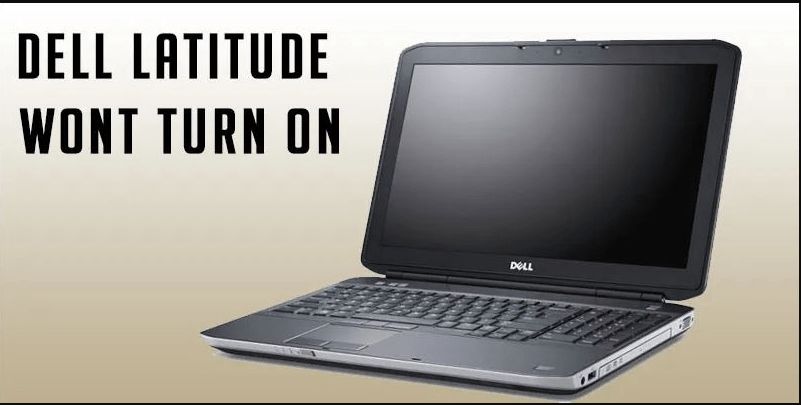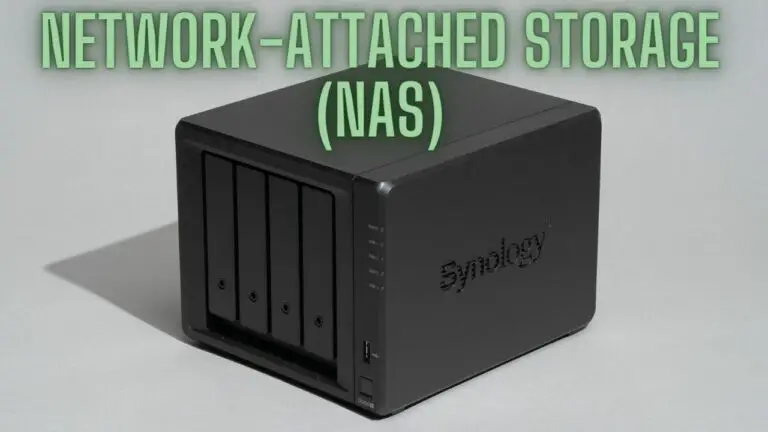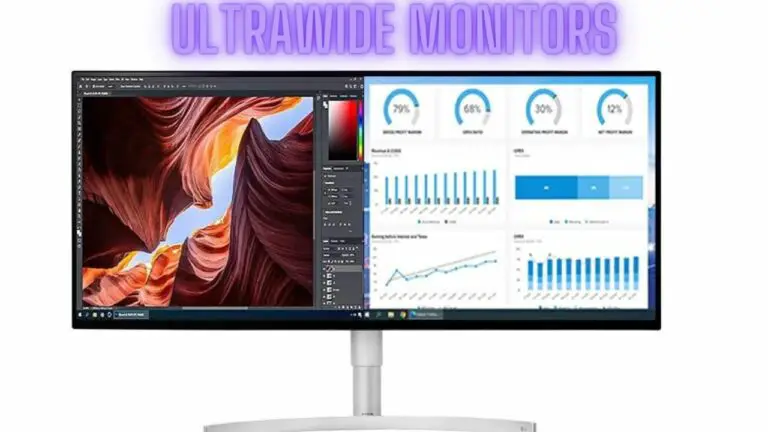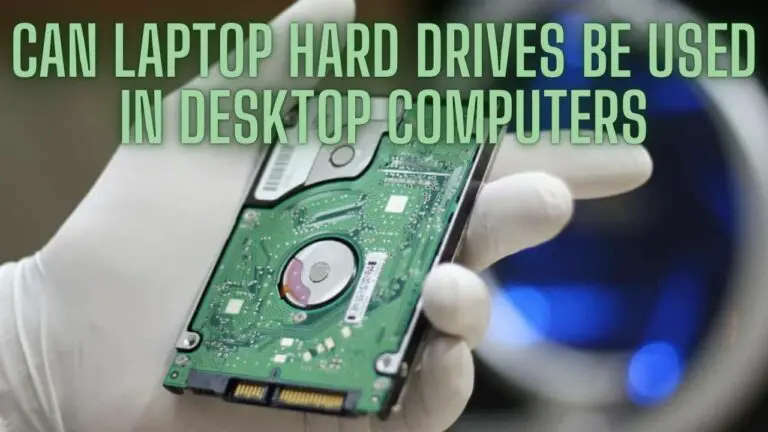My Dell Laptop Won’t Turn On Fixed
Introduction
Dell laptops are renowned for their reliability and performance, but like any electronic device, they can encounter issues. One of the most frustrating problems is when your Dell laptop refuses to turn on. However, before panicking or rushing to a repair shop, there are several troubleshooting steps you can take to diagnose and potentially fix the issue yourself. In this article, we’ll guide you through a series of steps to get your Dell laptop up and running again.
Understanding Common Reasons Why a Dell Laptop Won’t Turn On:
Understanding the common reasons why a Dell laptop won’t turn on is the first step in troubleshooting and resolving the issue. Here are some potential causes to consider:
- Dead Battery: If the laptop’s battery is completely drained or defective, the laptop may not turn on, even when connected to a power source. Try removing the battery and powering on the laptop using only the AC adapter.
- Faulty Power Adapter: A faulty or damaged power adapter can prevent the laptop from receiving power. Check the power adapter for any signs of damage, such as frayed wires or a broken connector. Test the adapter with another device or try using a different adapter to see if the laptop powers on.
- Loose Connections: Loose or improperly connected cables, including the power adapter, can prevent the laptop from receiving power. Ensure that all cables are securely connected to the laptop and power source.
- Overheating: Overheating can cause the laptop to shut down unexpectedly and may prevent it from turning back on until it has cooled down. Check for signs of overheating, such as hot air coming from the vents, and ensure that the laptop is placed on a flat surface with proper ventilation.
- Hardware Issues: Hardware failures, such as a faulty motherboard, CPU, or RAM, can prevent the laptop from booting up. Listen for any unusual noises, such as beeps or clicking sounds, and inspect the laptop for signs of physical damage.
- Software or Operating System Problems: Software issues, such as corrupt system files or conflicts with drivers, can prevent the laptop from booting up properly. Try booting the laptop into safe mode or using recovery options to troubleshoot software-related issues.
- BIOS or Firmware Errors: Errors in the laptop’s BIOS or firmware can prevent it from powering on. Try resetting the BIOS settings or updating the firmware to see if it resolves the issue.
- External Devices or Peripherals: Sometimes, external devices or peripherals connected to the laptop, such as USB drives or docking stations, can cause power-related issues. Try disconnecting all external devices and peripherals and then attempt to power on the laptop.
- Physical Damage: Physical damage to the laptop, such as a cracked screen or water damage, can interfere with its ability to power on. Inspect the laptop for any signs of physical damage and address any issues accordingly.
By understanding these common reasons why a Dell laptop won’t turn on, you can systematically troubleshoot the problem and identify the underlying cause. Once the cause has been determined, you can take appropriate steps to resolve the issue and get your laptop back up and running.
Basic Troubleshooting Steps:
Note: These steps are intended for general troubleshooting and may not cover every possible scenario. If you are uncomfortable performing these actions or your laptop is under warranty, it’s advisable to contact Dell’s customer support or take it to an authorized service center.
- Check the Power Source: The first step is to ensure that your laptop is receiving power. Plug in your laptop to a known working power outlet or use a different power adapter and cable if available. Sometimes, a faulty adapter or cable can cause power-related issues.
- Check for External Devices: Disconnect all external devices, such as USB drives, printers, external monitors, and docking stations. Sometimes, a faulty external device can prevent your laptop from booting.
- Perform a Hard Reset:
- Turn off your laptop (if it’s not already off).
- Disconnect the power adapter and remove the laptop’s battery (if it’s removable).
- Press and hold the power button for 15-20 seconds. This will discharge any residual power.
- Reconnect the battery (if removed) and the power adapter.
- Try turning on your laptop again.
- Check the Laptop Screen and Indicators:
- Look for any signs of life, such as LED indicator lights or the screen backlight turning on. These indicators can provide valuable information about what might be wrong.
- Listen for Beep Codes: Some Dell laptops use beep codes to indicate hardware issues. If your laptop beeps during startup, note the pattern and duration of the beeps and consult the Dell documentation or support resources for interpretation.
- Try an External Monitor: Connect your laptop to an external monitor using the appropriate cable. If the external monitor displays an image while your laptop screen remains blank, it could indicate a display issue with your laptop’s screen.
- Boot in Safe Mode: If your laptop shows signs of life but doesn’t fully boot, try booting it in Safe Mode. To do this, turn on your laptop and repeatedly press the F8 key (or another key specified for your Dell model) until the Advanced Boot Options menu appears. From there, select “Safe Mode.”
- Use the Dell Diagnostic Tools: Many Dell laptops come with built-in diagnostic tools that can help identify hardware issues. To access these tools, turn off your laptop and then turn it on while pressing the appropriate key (often F12) to access the Boot Menu. From there, select “Diagnostics” or “Diagnostics and Utility.”
- Reseat or Replace RAM and Hard Drive: If your laptop still doesn’t turn on, consider reseating the RAM modules and the hard drive. If you have compatible replacements available, try using them to test if your existing components are faulty.
- Consult Dell Support: If none of the above steps resolves the issue, it’s time to reach out to Dell’s customer support or visit an authorized service center. They can provide further guidance and perform more in-depth diagnostics or repairs if necessary.
Personal Experience
When you push the power button on your laptop, it can not turn on for a variety of reasons. Your RAM stick can be dead, or there could be a motherboard problem. But I’m here to share my knowledge with you in case it’s useful. I have a secondhand Dell Latitude E6530 laptop that I purchased.
I shut the lid, put my laptop in sleep mode, and took the charger out. However, when I tried to turn on my laptop a few hours later, it didn’t work. The charger appeared to be functioning properly, but neither the laptop’s charging light nor its power button lit up.
I was concerned because I believed that perhaps some of the internal hardware was flawed. I can open and assemble/disassemble laptop hardware with ease. Therefore, I opened my laptop to check the RAM, Hard Drive, and power jack. To my eyes, everything looked good. So the motherboard was my next area of worry. I went to a repair shop with my laptop for that.
After giving me a day, they informed me that the issue was small and that my laptop was now operational. They didn’t explain my fault to me.
Laptop Static Charge:
The identical issue reappeared after a few days. I used the internet this time because I was so frustrated. After reading articles and watching a variety of videos, I learned that some laptops have issues with a static charge. Some computers contain static charges that endure even after being unplugged. Simply remove your laptop’s battery, hit the power button for 20 to 60 seconds, then wait a while.
This will eliminate static electricity. Your laptop should turn on after this if you connect it in and try to turn it on. Since prolonged pressing of the power button discharges any static charge that may have built up on your motherboard.
Motherboard Faulty:
But after doing this technique, it didn’t start in my instance. I checked my battery, and sure enough, it was a little enlarged. I so decided to repeat the aforementioned surgery. This time, after pressing the button for two minutes, nothing productive occurred. I go through the process once more, but this time I didn’t connect my laptop or put the battery back in.
I simply left my laptop unplugged for the night. I used my laptop the following day without a battery. So, by some miracle, my laptop switched on. The issue was my defective motherboard, which after turning off when attached to the battery begins to build up a static charge.
Therefore, I decided not to use a battery with my laptop. So, ever since that day, my laptop has operated flawlessly. I was just taking some safety measures. I immediately remove the charger from my laptop when I shut it off.
That was my experience, so maybe it can benefit someone else.
FAQS
My Dell laptop won’t turn on. What should I do first?
Start by checking the power source. Ensure the laptop is connected to a working power outlet using a known-good power adapter and cable. Also, try a hard reset by removing the battery (if removable) and holding the power button for 15-20 seconds before reconnecting the battery and power adapter.
I’ve checked the power source, but my Dell laptop still won’t turn on. What’s the next step?
Disconnect all external devices and peripherals, including USB drives, printers, monitors, and docking stations. Sometimes, a faulty external device can prevent the laptop from booting.
I tried the above steps, but my Dell laptop is still unresponsive. What else can I do?
Listen for beep codes during startup. Dell laptops may produce beep codes that indicate hardware issues. Note the pattern and duration of the beeps and consult Dell’s documentation or support resources for interpretation.
Can I fix my Dell laptop if it’s not displaying anything on the screen but the power indicator lights are on?
If the laptop’s indicator lights are on but the screen remains blank, try connecting the laptop to an external monitor using the appropriate cable. If the external monitor displays an image, it suggests a potential issue with the laptop’s screen or graphics.
How do I boot my Dell laptop in Safe Mode?
To boot in Safe Mode, turn on your laptop and repeatedly press the F8 key (or another key specified for your Dell model) until the Advanced Boot Options menu appears. From there, select “Safe Mode.”
My Dell laptop still won’t turn on after trying these steps. What’s next?
Consider using the built-in Dell diagnostic tools. Access the tools by turning off your laptop and turning it on while pressing the appropriate key (often F12) to access the Boot Menu. From there, select “Diagnostics” or “Diagnostics and Utility” to perform hardware diagnostics.
What should I do if the diagnostics identify a hardware issue?
If the diagnostics detect a hardware problem, such as faulty RAM or a hard drive issue, you may need to replace or reseat the affected components. Consult Dell’s support resources or consider seeking professional assistance for these tasks.
If all else fails, what should I do?
If none of the above steps resolves the issue, it’s recommended to contact Dell’s customer support or visit an authorized service center for further assistance. They can provide more in-depth diagnostics and perform necessary repairs or component replacements.
Can I attempt to fix a Dell laptop that won’t turn on by myself?
You can attempt to troubleshoot and fix common issues, such as power source problems or loose components. However, if you’re uncomfortable with hardware troubleshooting or suspect a significant hardware problem, it’s advisable to seek professional assistance to avoid causing further damage.
How can I prevent my Dell laptop from experiencing startup issues in the future?
To prevent startup issues, regularly update your laptop’s operating system and drivers, keep your laptop clean from dust and debris, and handle it with care. Additionally, consider backup solutions to safeguard your data in case of unexpected failures.
Conclusion
A Dell laptop that won’t turn on can be a frustrating experience, but by following these troubleshooting steps, you may be able to identify and resolve the problem. Remember to always handle your laptop with care, and if you’re unsure about any step or suspect a hardware issue, seek professional assistance to avoid further damage.







